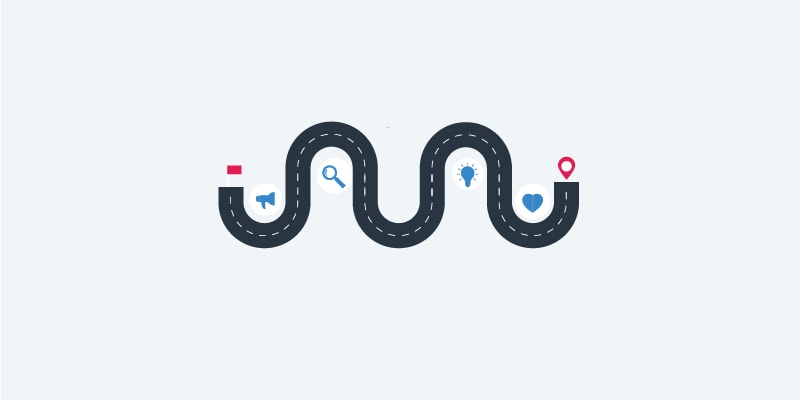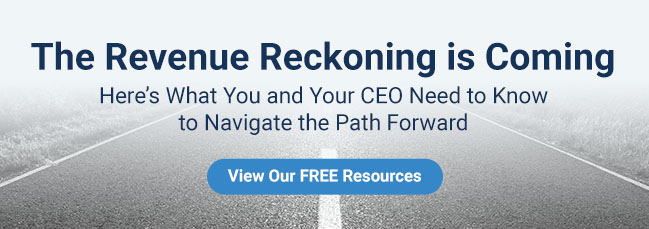To successfully personalize the sales process for your potential customers, you must first understand the buyer’s journey and their readiness. The buyer’s journey begins when a potential customer becomes aware of your product and progresses through the research, evaluation and purchase stages.
If you don’t understand buyer readiness, you are at risk of selling too quickly or aggressively and could deter a potential customer. Identifying these stages will let you know when it’s time to close the deal and will ultimately lead to greater sales effectiveness overall.
Buyer Journey Stages
1. Awareness
When a potential customer first realizes they have a problem, they enter the awareness stage of the buyer’s journey. During this time, they will actualize any problems they have and seek opportunities to solve them. It is important to make potential buyers aware of your company during this stage so that when they are ready to make a purchase, your company is on their mind. This is not the time for intense sales tactics. Instead, begin a conversation and introduce your company’s products and services.
2. Research
Next is the research stage. In this stage, potential customers will begin researching different kinds of solutions. They will learn what is necessary to solve their business problem and set goals and priorities on how to solve it. This is a great opportunity to further educate your customers on how your product or services can solve their business problem. You can do this by providing them with online resources, inviting them to attend a webinar or sending them to an overview video. By giving relevant information, your organization becomes a reliable source.
3. Evaluation
Your customer will then progress to the evaluation stage. At this point, they have committed to finding a viable solution to solve their challenges and are evaluating possible options. Now is the time to build credibility and trust with your customer and overcome any concerns. Pitch why they should they go with your company over the competition.
4. Purchase
Finally, your buyers will reach the purchase stage. By this point, your buyers have narrowed down their top choices from several different options and are figuring out which solution best fits their needs. In order to assess if your buyer is in this stage of the journey, consider these questions:
- Has your buyer communicated what they like about your solution compared to others?
- What concerns have they expressed, if any?
- Do you know who needs to be involved in the decision-making process? Consider each person. Are they in alignment with the decision?
Ready to Buy
These three signs demonstrate that it’s time to ask your potential customer if they’re ready to buy.
1. There is an expressed implementation plan. A plan with existing projects and achievable goals indicates that your conversations with your buyers is no longer only theoretical. This confirms that you understand their needs and can help solve them. If your potential buyer communicates how your solutions could fit into their plans, they are ready to buy.
2. An important deadline is approaching. There’s a reason why your buyer sought out your solution originally and there is likely a deadline attached to their problems. Once you have learned their timeline, be sure to keep a close eye on their deadline. Utilize this deadline to incentivize them to commit to a solution and remind them of the priorities they have previously expressed. As the deadline approaches, ask for a final decision.
3. You have met all their criteria. As you move through the buyer’s journey, you have learned your potential buyer’s criteria and how your solution stacks up. By employing a personalized sales process, you will have come to an agreement on what your buyer needs and how to provide it to them. Once you have fulfilled your end of the agreement, ask your potential buyer if there is anything more you can do for them. If they are satisfied, it’s time to go in for the close.
Happy Selling!










Leave A Comment